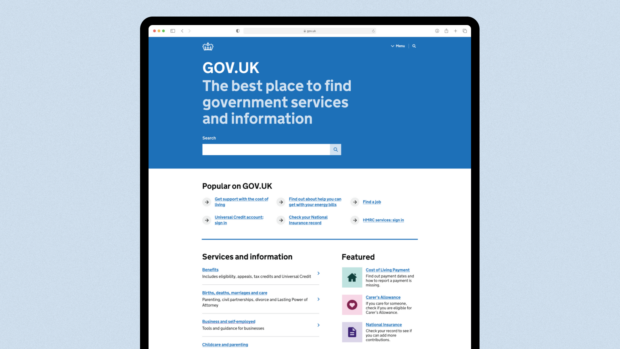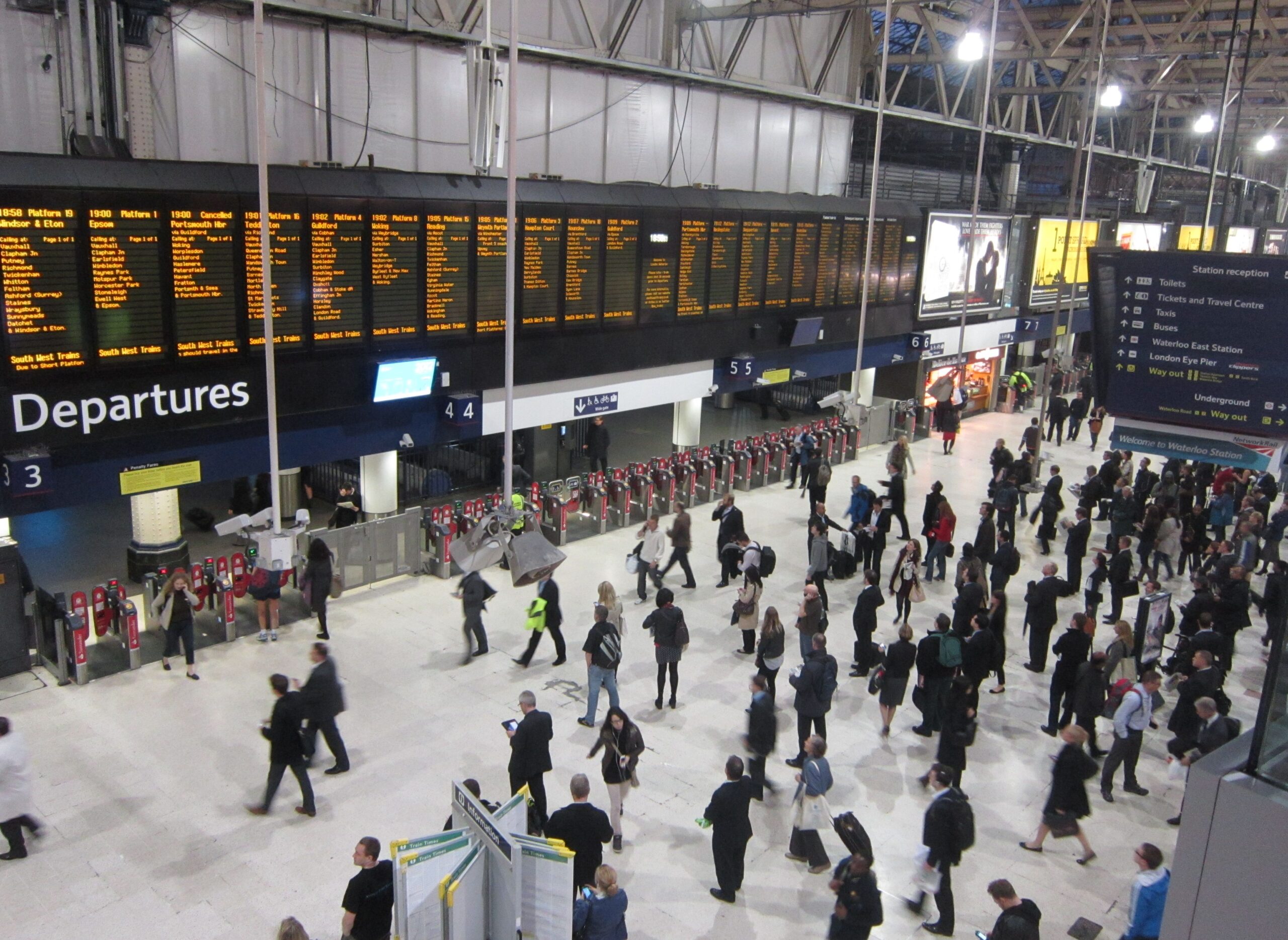PublicTechnology talks to Sara Huntingdon about the Space for Smarter Government Programme’s work with Whitehall and the wider public sector
“We need to demonstrate the art of the possible,” says Sara Huntingdon, when asked about the aims of the Space for Smarter Government Programme (SSGP).
Of course, humanity’s investigations beyond the boundary of the Earth’s atmosphere have been redefining our understanding of what is possible for more than seven decades. But, in conjuring up images of what space exploration looks like, it seems unlikely that one would think of local authorities or Whitehall departments.
But SSGP aims to dispel some misconceptions what space means, and how the sector’s technology can help in the delivery of public services.
The scheme was set up in 2014, using funding from the UK Space Agency, which also leads the programme, working alongside the Satellite Applications Catapult. SSGP is now four years into its initial six-year plan to, by 2020, increase the UK public sector’s awareness and use of satellite-enabled applications and data. It also wants to contribute to the wider ambition of space industry trade body UKspace, which has outlined plans to grow this country’s share of the global market to 10% by 2030.
SSGP helps connect providers of satellite-enabled imagery and other data with public-sector organisations across three key areas: the environment; response to natural hazards and disasters; and local government.
Huntingdon, who serves as SSGP programme manager, tells PublicTechnology that the scheme aims to work with the public sector to navigate through three stages on the way to making best use of space technology. The first of these is about “raising awareness” of the very existence of the technology and its potential use cases in public-service delivery.
“Unless they have a specialist, they often do not realise what space can do, or they take it for granted,” Huntingdon says. “We want to make sure that people are aware of the free resources out there that are already being utilised. We are making them aware that there is free data coming from downstream applications.”
To help increase awareness, SSGP runs a number of workshops and other events, she adds, and also recently launched a one-day course designed to provide non-specialised public-sector workers with an introduction to satellite technology.
The second strand of the programme’s work is “enabling access”. This entails the programme helping Whitehall departments and local agencies to connect with a range of specialised satellite technology providers.
10%
Share of the global space market the UK aims to have by 2030
2014
Year the SSGP initiative was launched
£750,000
Amount awarded across three projects in 2016/17 in a second phase of project funding
17
Number of satellite projects Defra has worked on through SSGP
“We are talking to lots and lots of different departments. I often joke that we are like a cross-government speed-dating agency!,” Huntingdon says.
The potential suitors public bodies have the chance to meet include a lot of SME specialists, as well as aeronautics giants like Airbus and Telespazio, she adds.
The third stage of SSGP’s agenda is “demonstrating capability”. This aspect of the programme’s work sees it investing in projects that use space technology – including earth observation, satellite communications, and satellite navigation – to address public-service challenges.
“We have funded about 50 projects,” Huntingdon says. “A public-sector body articulates a high-level requirement, and the industry comes back [with a solution].”
The Department for Environment, Food and Rural Affairs has been involved in a number of these projects, including work to set-up a dedicated earth observation Centre of Excellence in the department to export this expertise across Whitehall and the wider public sector. To date, Defra has been involved in the delivery of 17 SSGP projects.
One of them involved the department’s use of a visualisation platform developed by Plymouth Marine Laboratory. The tool, into which satellite data is fed, enables the department to monitor ocean colour and water quality, thus allowing the government to meet its marine-monitoring statutory obligations.
Defra also worked with the Forestry Commission to use earth-observation imagery and analytics technology from Rezatec to keep track of the distribution of three types of deciduous trees – ash, oak, and sweet chestnut – and monitor the diseases that affect them.
“We have got to the point with Defra where they are self-sustaining,” Huntingdon says. “They are looking to develop policy in a number areas… where we help fund some of the initial projects, but they effectively fund it themselves. They have had a good return – and that gives me confidence.”
Change programme
Other organisations to have successfully worked with SSGP include the NHS Breast Screening Service, which took part in a project to use satellite communications to enable mobile screening vans – which previously had no form of connectivity – to send patient scans and other data back to hospitals.
The Cabinet Office was one of a number of organisations to take part in a project with Telespazio that used satellite-navigation and earth-observation technology to create a model for better monitoring the impact of floods and allow quicker and more effective response.
This project saw critical national infrastructure owners exploring how satellite technology could help mitigate the impact on their assets of natural disasters. In the future, Huntingdon would like SSGP and the wider space industry become much more deeply embedded in this sector. The programme is already engaged with stakeholders from the Department of Business, Energy and Industrial Strategy, she says.
The infrastructure theme has massive potential – I see major opportunities there… there is a real opportunity there to get satellite monitoring in from the outset
“For me personally, the infrastructure theme has massive potential – I see major opportunities there,” Huntingdon adds. “Everyone is investing in infrastructure, and there is a real opportunity there to get satellite monitoring in from the outset. That is really exciting.”
While invoking space may unavoidably bring to mind a high-tech environment, Huntingdon says that, when talking to public sector organisations, “I always discuss it as a change programme” – rather than a technology programme.
“We cannot force space onto people,” she says. “It has to have those business-change champions in the department. That is the biggest challenge – getting people bought in and supporting it. But I think we are starting to get those examples now.”
She adds: “From my perspective, the bigger journey is trying to make senior policymakers and managers aware of it. When we are engaged with the end users, we get that buy-in. The biggest challenge in the civil service is having the time to make things more efficient, rather than just firefighting.
“It is making people aware of it – we are there to help them.”



